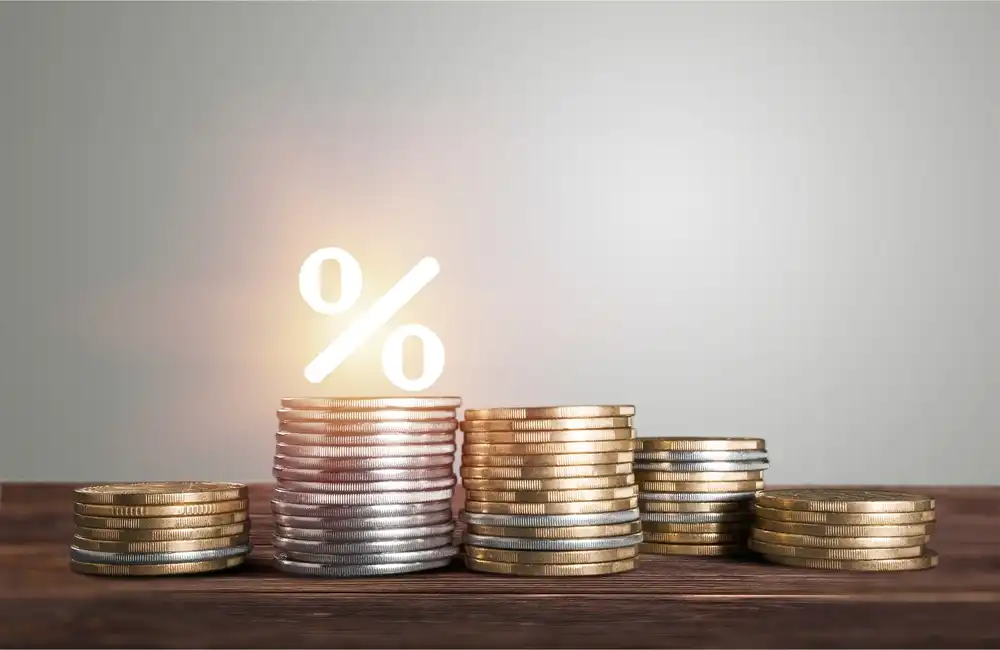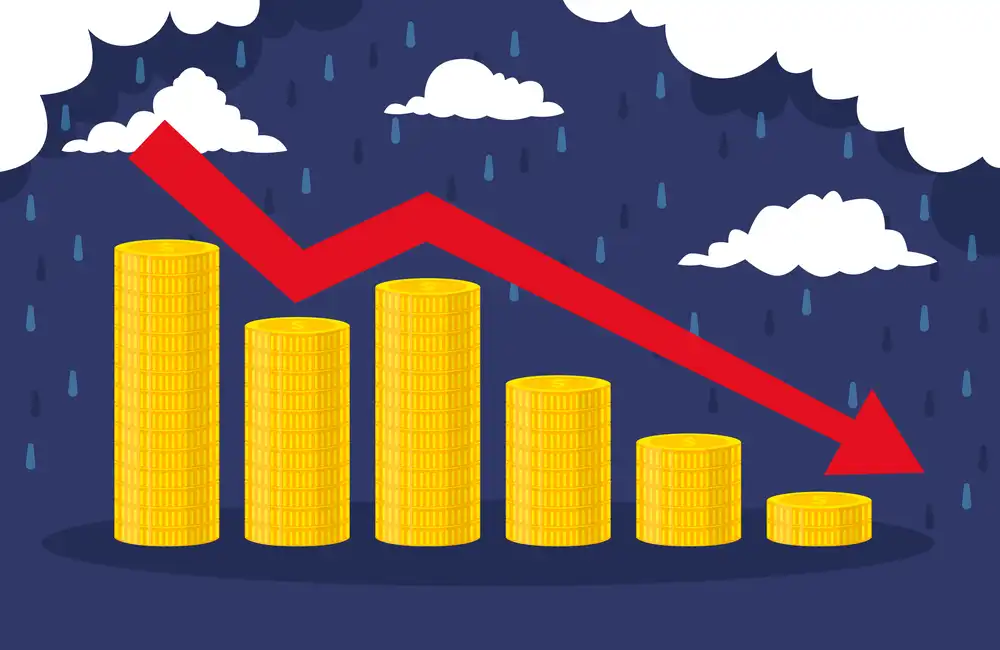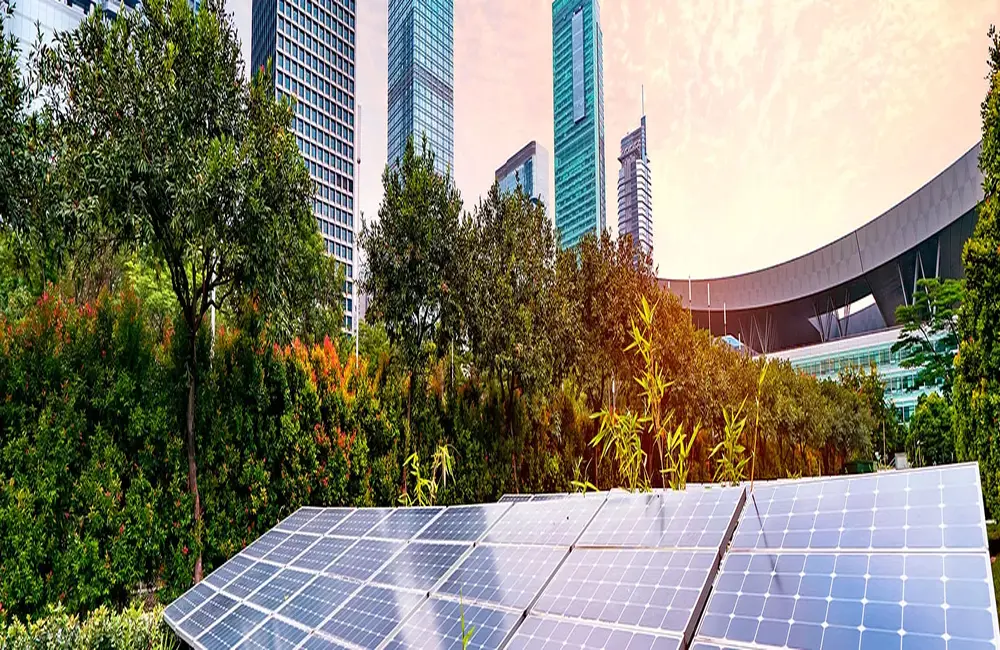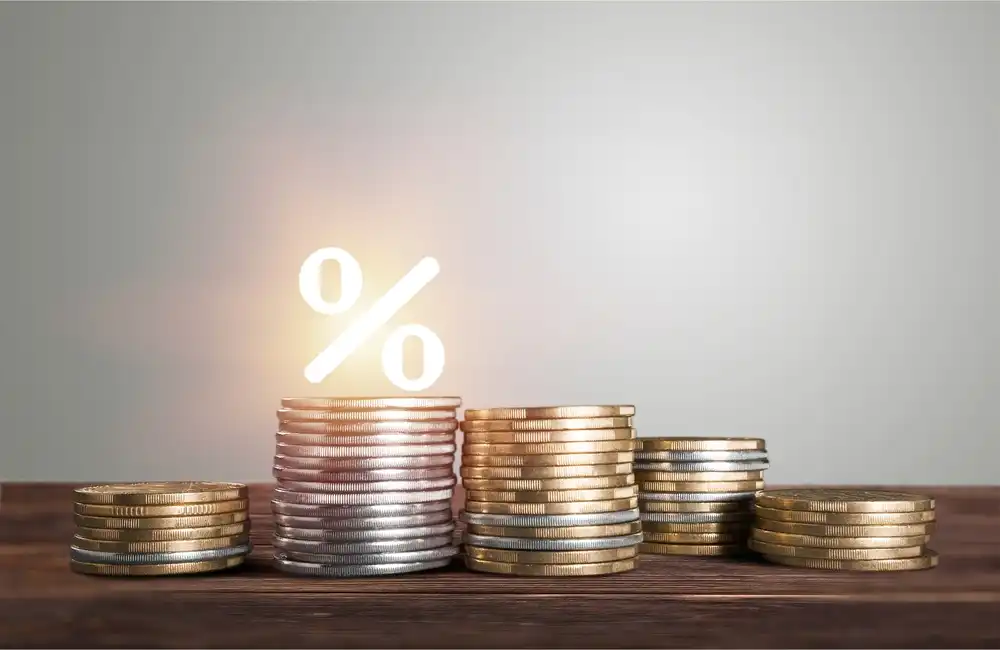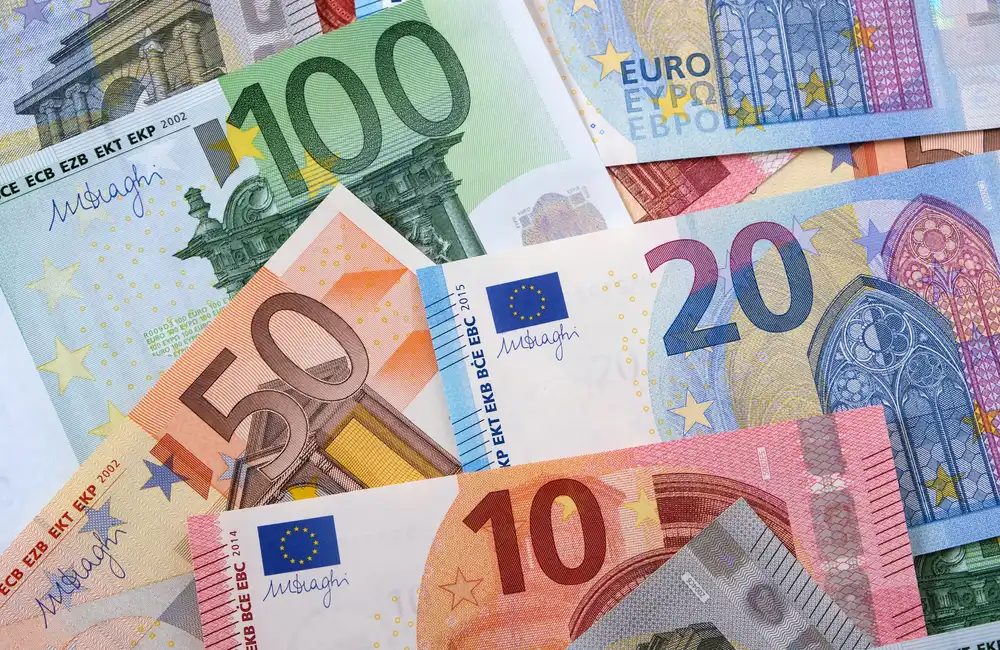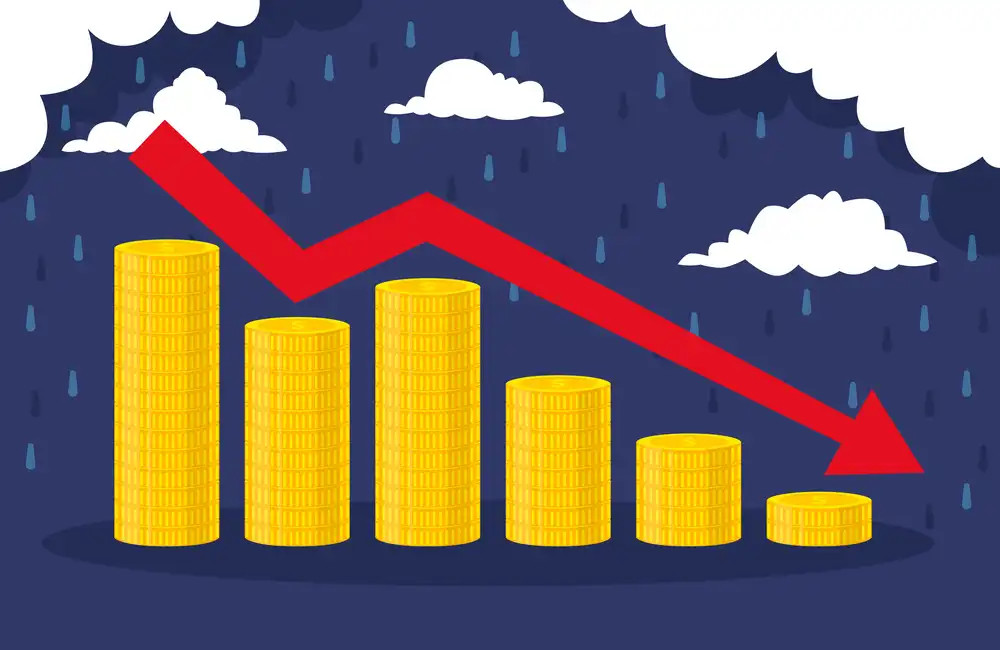Capital at risk. The value of investments and the income from them can go down as well as up and are not guaranteed. The amount originally invested may not be returned to investors. The mining sector had a strong year in 2021, with very high earnings and increasing dividends helping to drive many companies’ share price performance higher. A lot of investors are wondering if that cycle might be coming to an end. Some are nowhere close. At BlackRock, we think we are only halfway through what will be a multi-decade investment cycle associated with achieving net zero.
The push towards net zero from governments around the world is shaking things up in mining. Approximately 80% of the world's GDP (Gross Domestic Product) is now covered by a net zero commitment. To make these ambitious plans a reality, countries will need to dramatically transform their energy infrastructure. This is an important part of President Joe Biden’s US$1.2 trillion infrastructure bill and the European ‘Green Deal’ — which, in turn, drives demand for commodities in particular.
The commodity market is providing the components that society needs to reach net zero. This is largely a focus on the critical metals required for electrification across the economy — copper, cobalt, lithium, nickel, and rare earths. These will be absolutely critical to build out the solar, wind, grid upgrades, and the electric vehicles needed to transition society to a lower carbon future.
Supply constraints
Many of these areas are supply-constrained. This is due, in part, to near-term issues such as bottlenecks and supply chain issues related to COVID. Russia’s invasion of Ukraine is also causing supply disruption, driving up commodity prices. There are also deeper and more enduring challenges at play — the maturing of certain mines, declining ore grades, as well as environmental, social, and governance considerations impacting how mines run. The availability of water is especially concerning, too. That makes it harder for the mining industry to supply the right amount to match demand.
Moreover, these supply issues follow a period of significant discipline by many mining companies. Capital has also been withheld, constraining supply over the past decade. Copper’s recent price trend illustrates this supply dynamic. Except in just a few exceptional years, copper supply has been consistently below what has been expected, by as much as 5% of the entire global copper industry every single year. This quickly stacks up over time, resulting in an enormous deficit. Investors have committed billions of dollars, but supply has failed to respond since 2016 for Chile, the world’s largest copper producer.
In our view, this means commodity prices should remain high enough to encourage additional supply. Copper demand, tied to solar, wind, and electric vehicles, will double by the end of this decade as demand rises for green infrastructure. This repeats across all other commodities. With this backdrop, the transition to net zero is expected to trigger a massive cycle of investment.
Carbon-heavy industries
There are more aspects of the net-zero journey to account for. For instance, it has transformed the way we consider energy-heavy commodities, including steel and aluminium. The carbon footprint of mining these commodities has not historically been priced in. But as countries around the world begin to implement carbon pricing, that could lead to a big shift. For aluminium, an energy-intensive commodity, we believe that the move to top quartile (low-carbon) producers with access to renewables will accelerate as we see carbon create a cost for thermal coal-powered smelters, and faster-growing customers are willing to pay a premium for low-carbon produced aluminium. In the BlackRock World Mining Trust, we have exposure to low-carbon producers of aluminium and steel that we think are beneficiaries of this sweeping change.
Mining company valuations remain attractive, even after a strong year for the sector. The shares trade at very attractive valuations relative to global equity markets, and relative to their own history. Dividends are robust, as are balance sheets. Changes are themselves not priced in as net zero is not included within valuations. Higher inflation expectations usually push up commodity prices.
Another factor weighing on the mining sector this morning is China. And it has been an enormous growth engine for commodity demand for two decades. Its growth slowed sharply in the second half of 2021 and in response, there was a pullback in some commodity prices, most prominently iron ore. China, however, seems to be shifting towards stabilisation for the economy, the availability of credit and has started a number of infrastructure projects, which should be demand supportive for 2022.
The war in Ukraine has created a new uncertainty for the commodities complex. If there is considerable de-escalation in the current scenario, then indications are that prices of commodities will ease in the near-term. However, looking out over the medium to long term, we expect commodity-dependent importing nations to Russian commodities, particularly energy, will seek to accelerate their renewable plans in a bid to secure energy independence, which in turn should drive further demand for the commodities that will be required to realize the transition.
We are still constructive on the prospects for the sector in 2022. Commodity markets are tight today, with low levels of inventories and limited new supply growth in the pipeline. Demand will be a beneficiary as the economy continues to recover post-COVID and global infrastructure spending gets underway this year. The shift to net zero is a multi-decade investment cycle that will mobilize a huge volume of commodities to facilitate it. Coupled with the supply constraints, we expect a number of the commodity markets to be tight for several years to come, supportive of prices.





